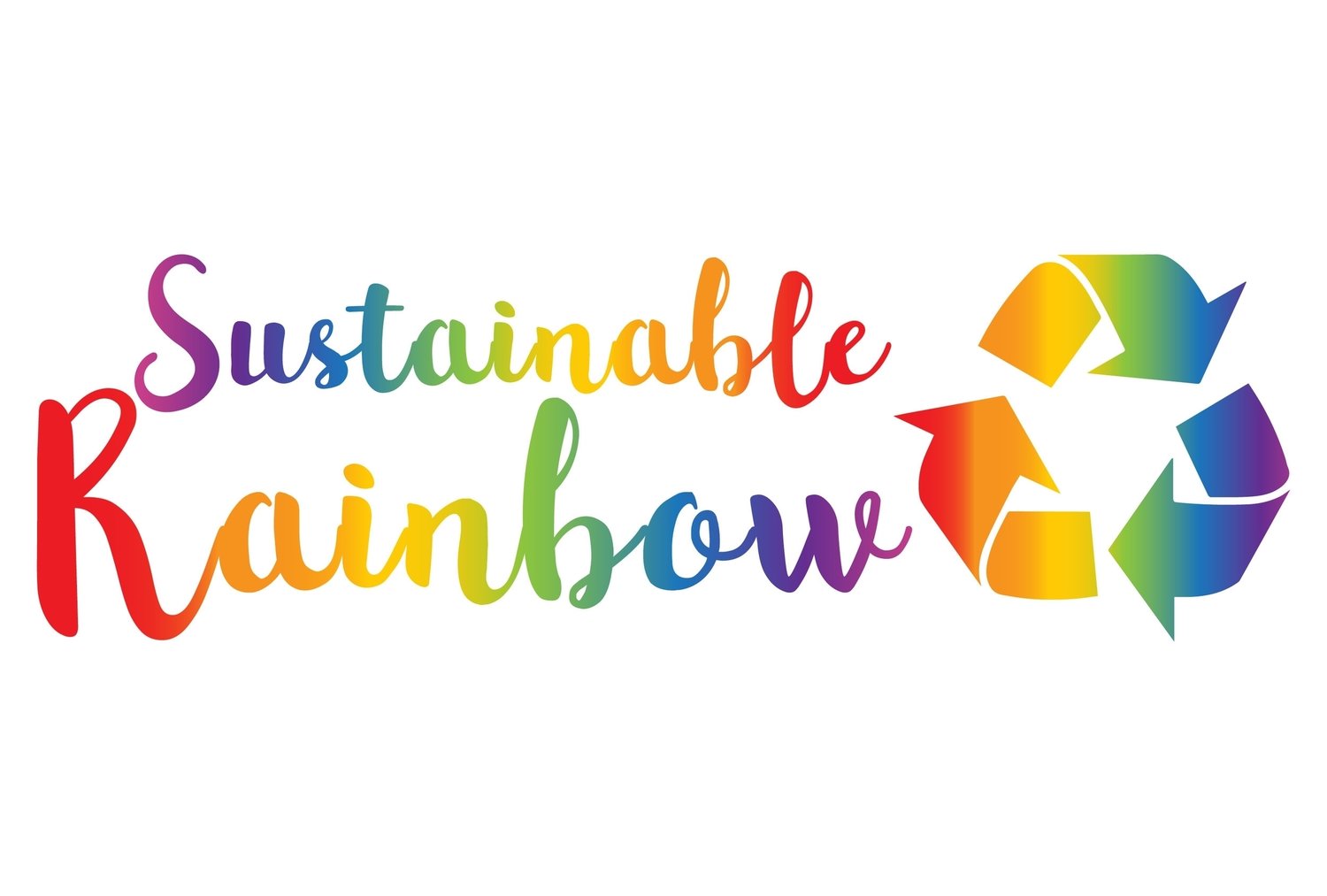I am so excited to partner with Sprout Kids to share about the newest addition to their storage and shelving collection for this post. I was gifted this shelf in exchange for an honest review. This post contains affiliate links, meaning that if you make a purchase from them, I receive a small commission. Thank you for your support of Sustainable Rainbow.
Toy rotation involves displaying a limited number of toys/activities at one time, with the rest of the toys being kept outside of the child’s view, whether in a cupboard/storage or up high enough they cannot see or access them. After having one set of toys out for a week (or longer), swap them all for different toys. Some people even follow certain themes, such as a holiday (as seen in the photos of my shelf, it was Valentines Day the week I took these), a color (all items are the same color), or a topic (some or all of the toys are related to dinosaurs, for example)
A look at the Sprout toy organizer shelf fits with the rest of our living room.
I first heard about the concept of toy rotation shortly after my oldest child was born, though it took a while to fully commit to being consistent with it. It can absolutely get overwhelming and stressful if it becomes another in a long list of chores every week. It’s recommended by some to not do the rotation when your child is awake/around as they may react negatively to putting toys away (or, if it’s my kids, they see me open the storage closet and immediately want to take everything out to play with) and it takes away the novelty of seeing the shelf after they wake up. You can choose to only swap out a few items at a time, rather than the entire shelf, and you can swap them out as frequently or infrequently as desired.
It gets trickier to set up a toy rotation when you have multiple children of different ages/developmental stages, as their toys/activities will differ in ways ranging from skill level (one piece puzzle vs 12 piece) to safety hazards (an older child’s toys may include very small parts not suitable for infants). It is definitely possible though, and a shelf like this one has the space to accommodate activities for multiple age groups. One way we do this is by displaying toys only older children can reach on higher shelves so younger children are not able to access it. However, if there are items on the shelf at any level that are choking hazards, make sure there is an adult present to supervise the play.
Photo credit Sprout Kids showing a toy rotation example
The benefits of toy rotation include children being more engaged and playing longer with any toy that is available to them, children being less overstimulated by the amount of toys out at one time, and there is less mess to clean up afterwards. Something I’ve noticed in doing a toy rotation for the last several years is that all toys/games become “fresh” again if the child hasn’t seen them for some time. They are more excited to play with something for longer when it feels novel, and this leads to less overall need to purchase more toys for your child, saving money, reducing waste, and reducing clutter.
Photo credit Sprout Kids website showing a large toy storage shelf with baskets and open shelves.
Research has shown that, “when provided with fewer toys in the environment, toddlers engage in longer periods of play with a single toy, allowing better focus to explore and play more creatively”. The study, while small in sample size (n=36), compared children’s interactions with 4 toys versus 16 toys on display/available to them. They found that quality of play (sustained play with an individual toy and more creative play with each toy) was higher in the 4-toy group, as they hypothesized it would. There is not necessarily a “magic number” of toys to have out at once, but it is helpful to ensure each toy has adequate room on the shelf with space between each toy.
Photo credit Sprout Kids website showing an infant shelf display for tummy time toy rotation.
You can start toy rotation as soon as baby has arrived, with examples of tummy time activities shown in this photo from Sprout’s website. With a tummy time mat in front of the shelf, it’s perfect to display and store items like black and white high-contrast cards, mirrors, and sensory objects.
Sprout’s Adjustable Toy Organizer is designed to make toy rotation simple and aesthetically pleasing. I have the six cube version, and they make versions with three, four, and eight cube options. They also make sliding doors you can add, perfect for storing toys out of the current rotation.
The toy organizer shelf was surprisingly easy to assemble, though I always feel that way about Sprout furniture! I’m so impressed by how sturdy their products are considering there is little to no hardware involved in the assembly process.
Our family has been using Sprout Kids furniture for years, from the Alba Wardrobe to the weaning table and chairs, to the learning tower, and the Montessori floor beds. They are all sustainably made in the USA with non-toxic materials and have held up really well over time. When I heard they were releasing a new storage solution designed for toy rotation, I was super excited!
I appreciate the versatility of this shelf and can see it having a long life in our home, whether it is for toys, books, or displaying photographs/art/knickknacks. I love that I can rearrange the shelves to suit my current needs, including removing or adding dividers. It’s beautiful in our living room, and I absolutely love it.
Get 10% off your purchase at Sprout Kids with code SustainableRainbow at checkout!







